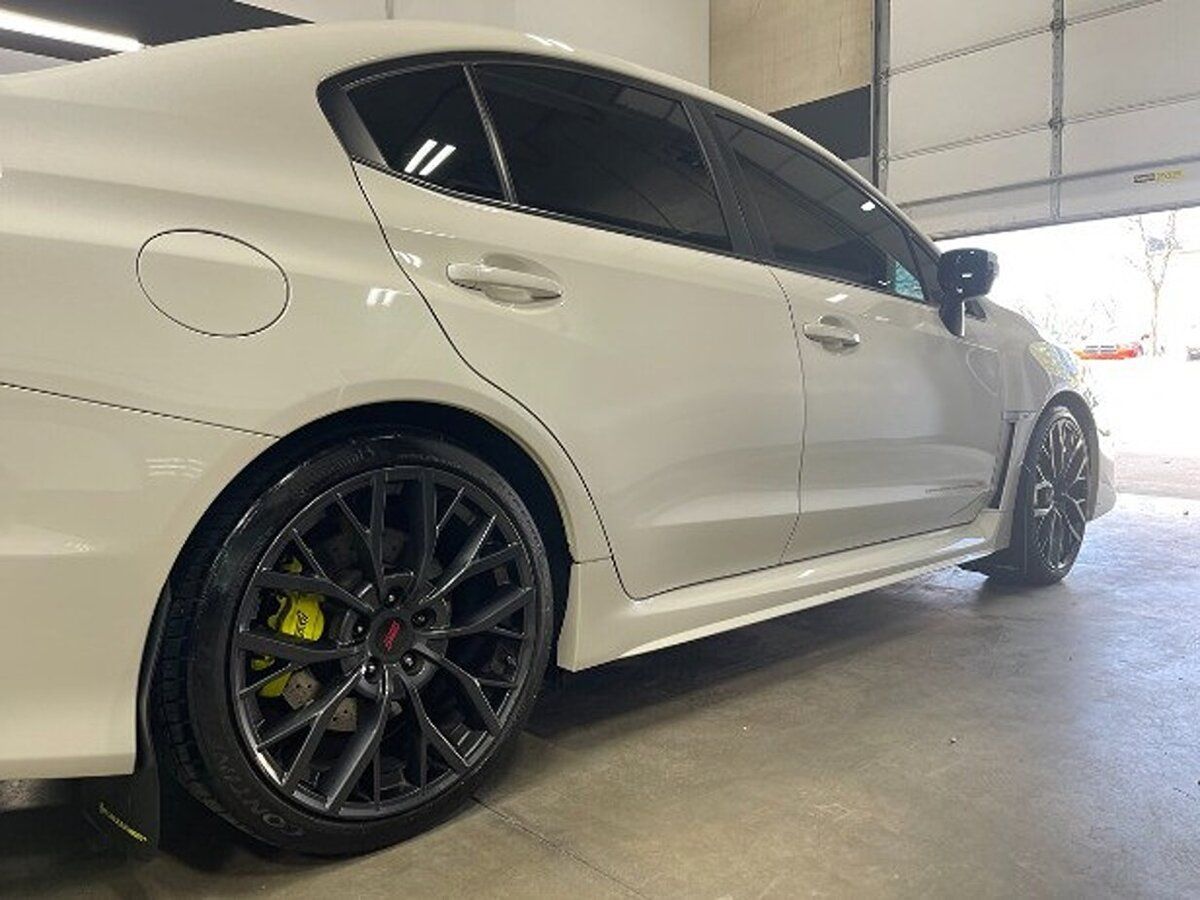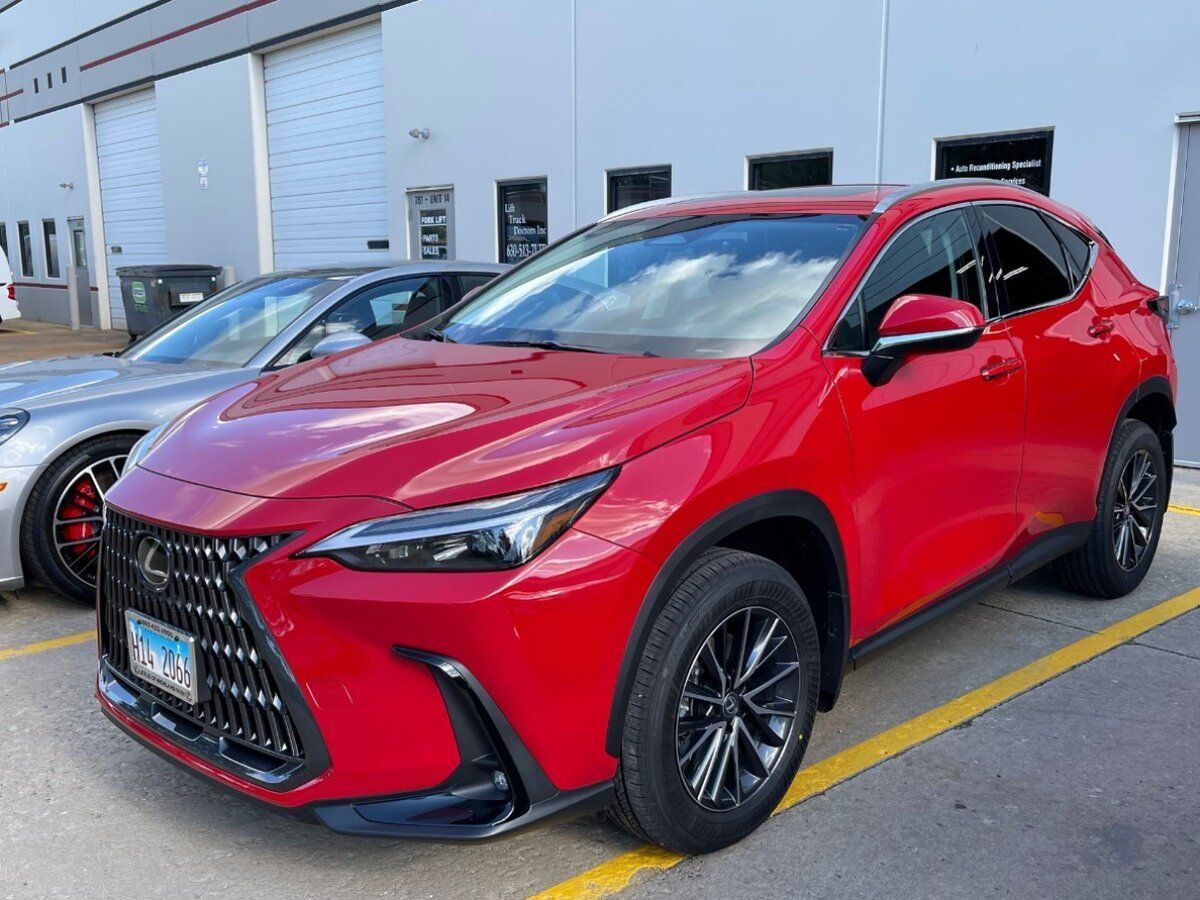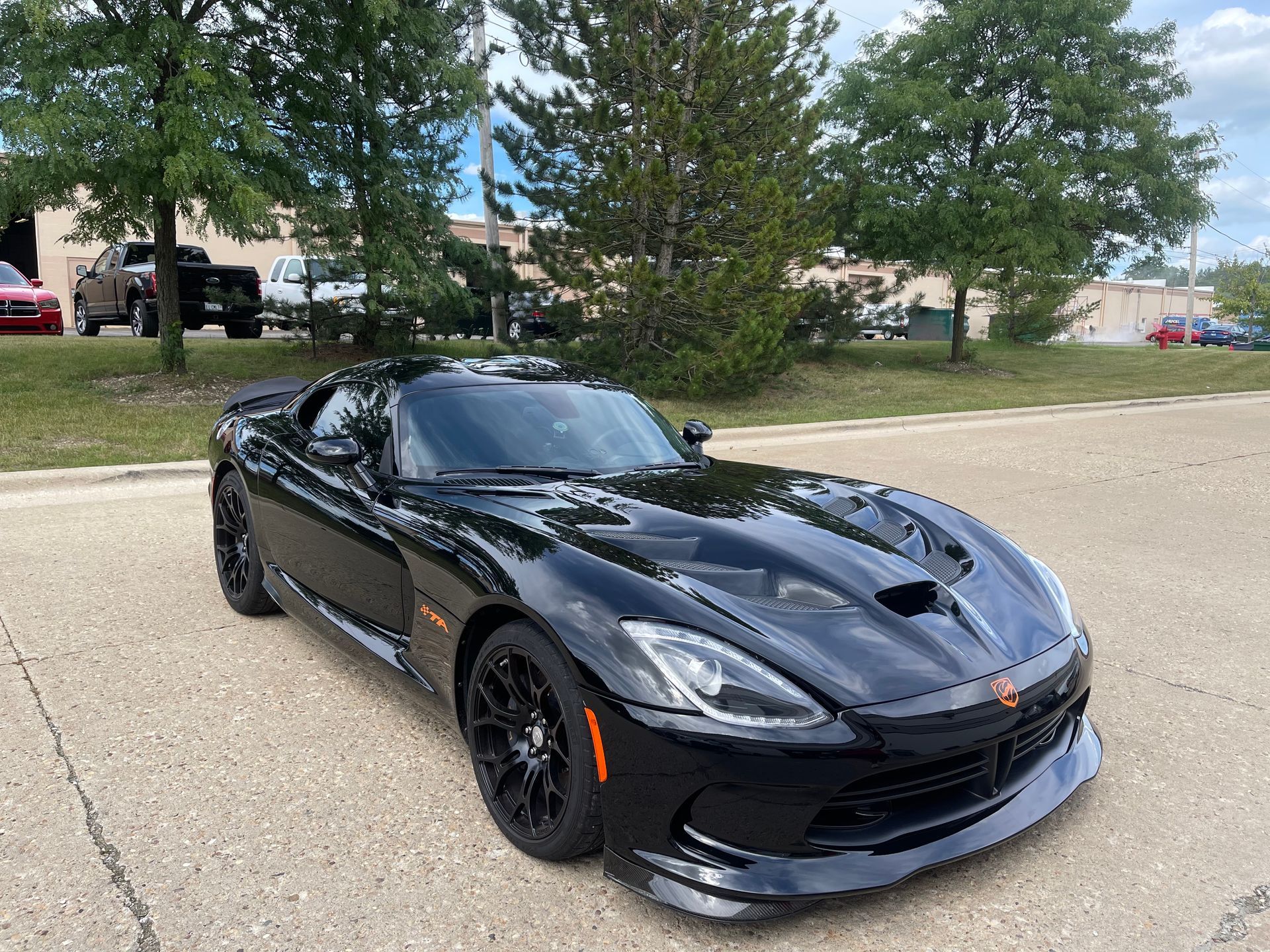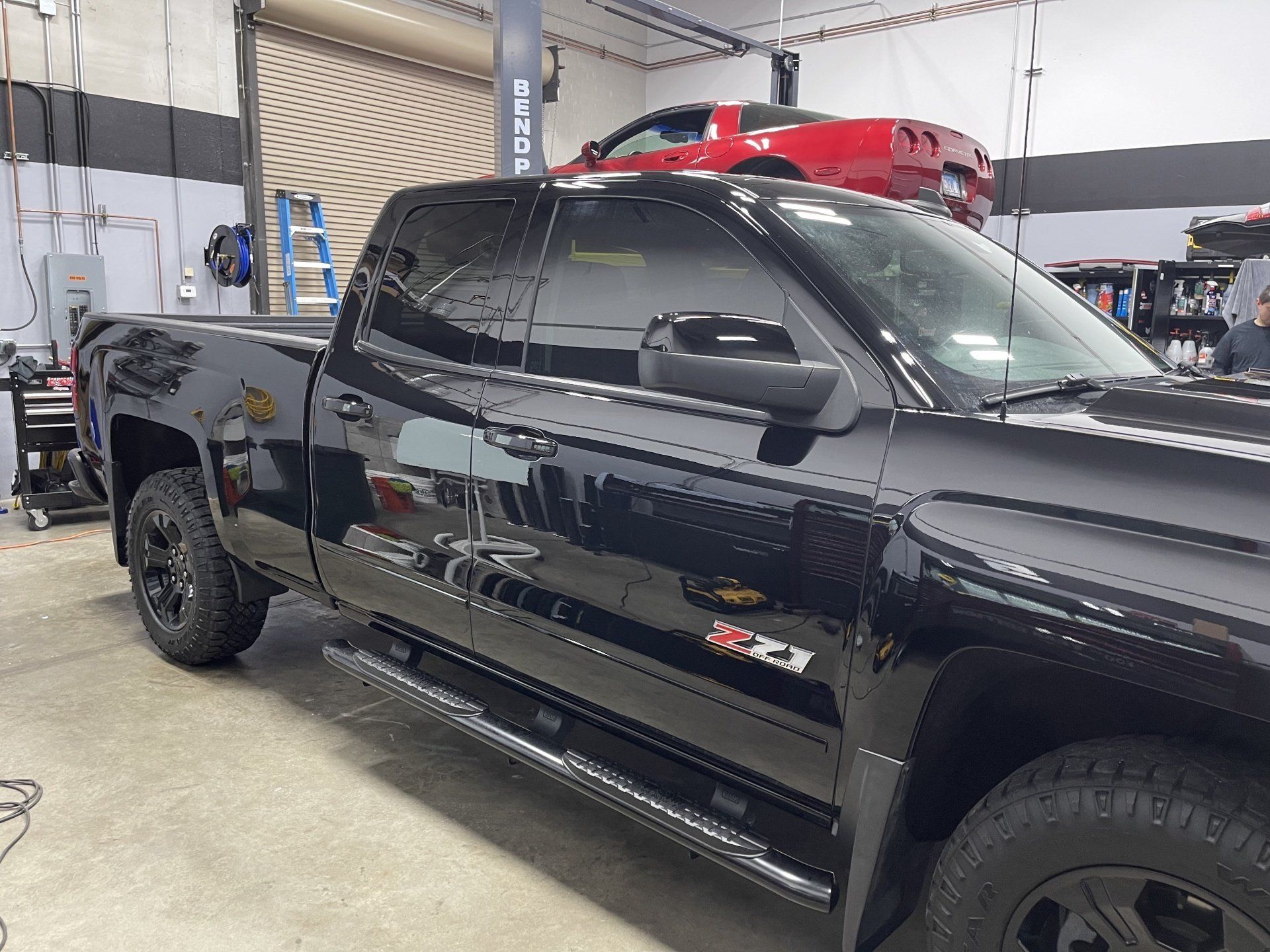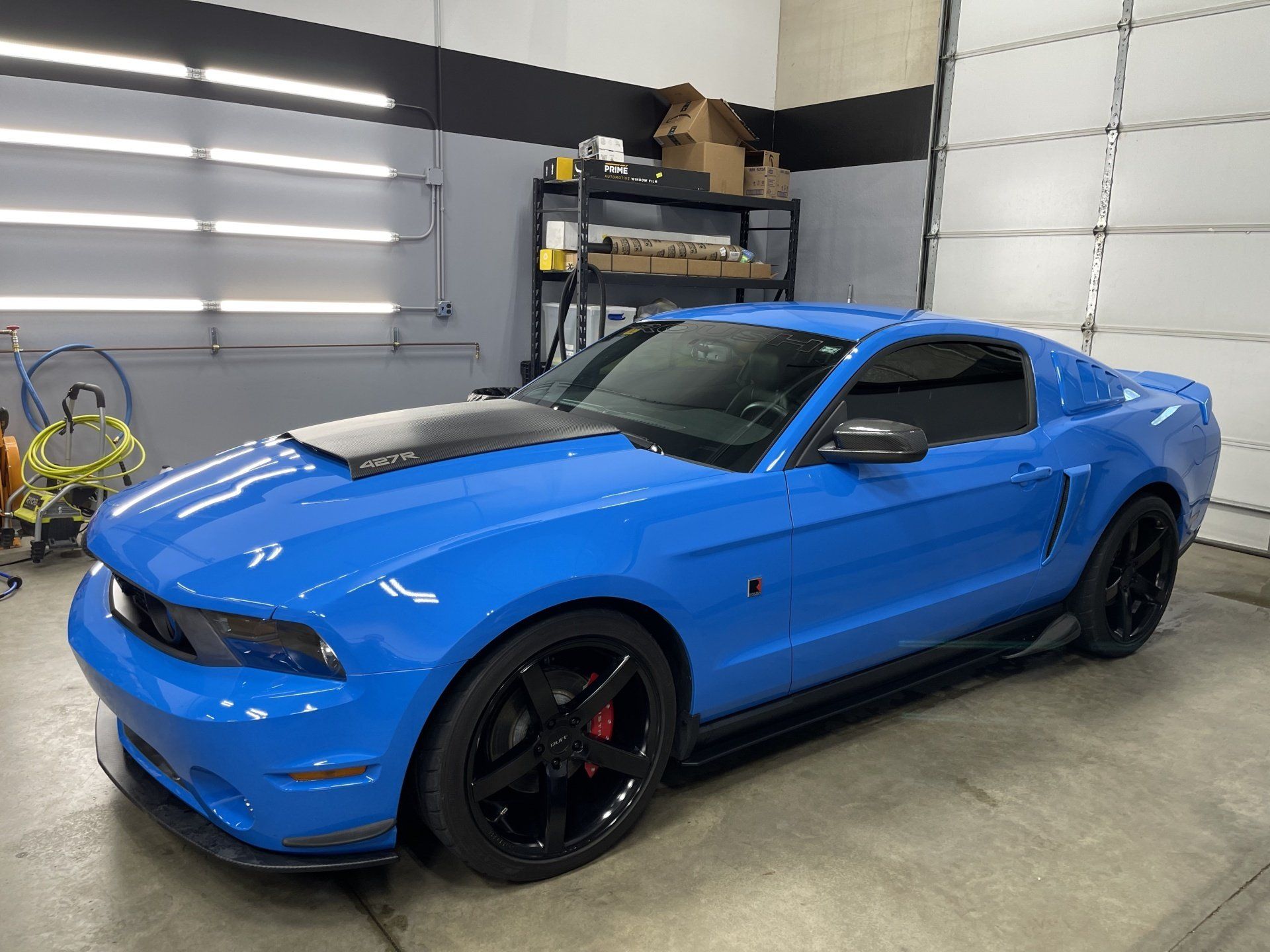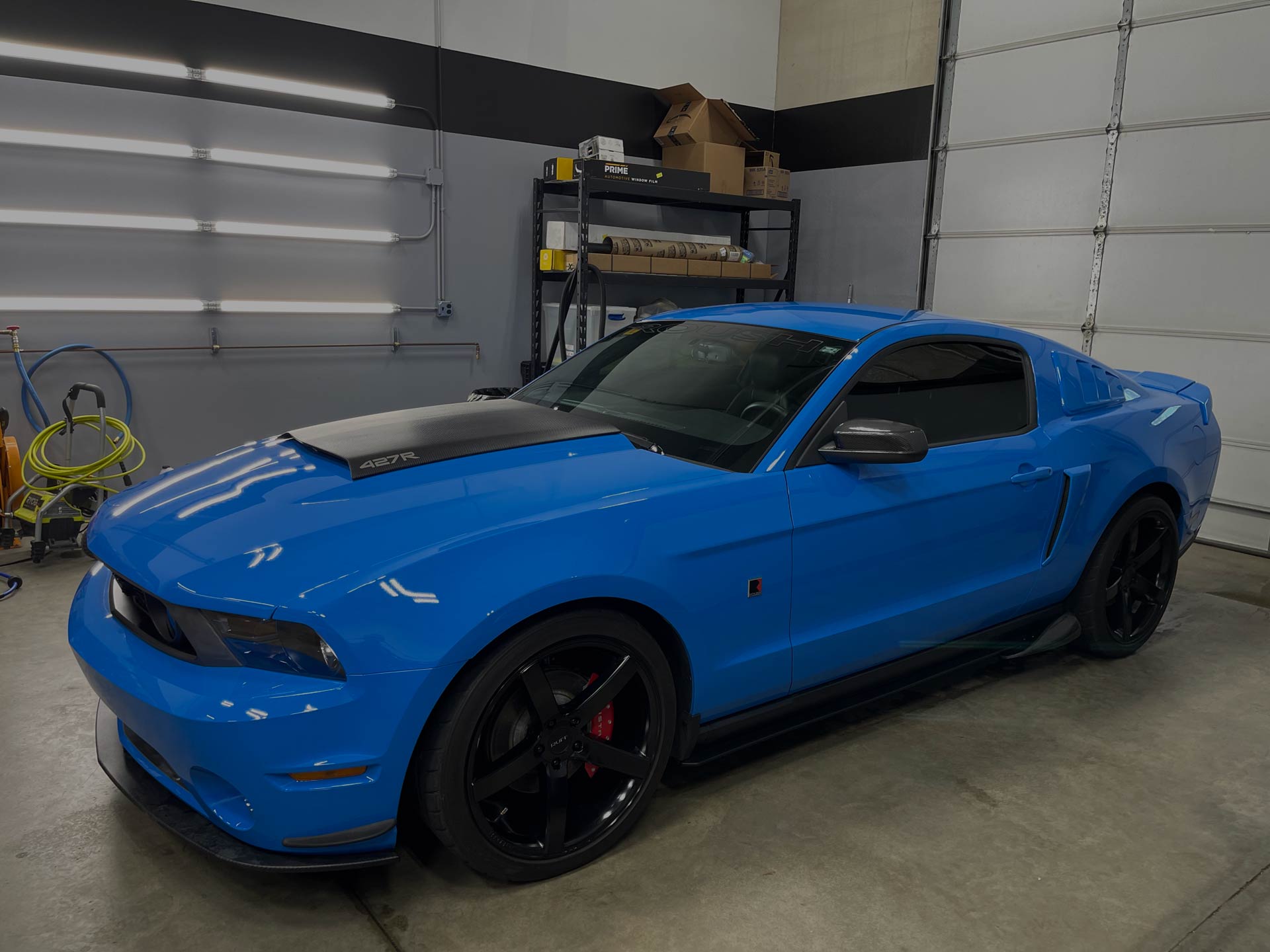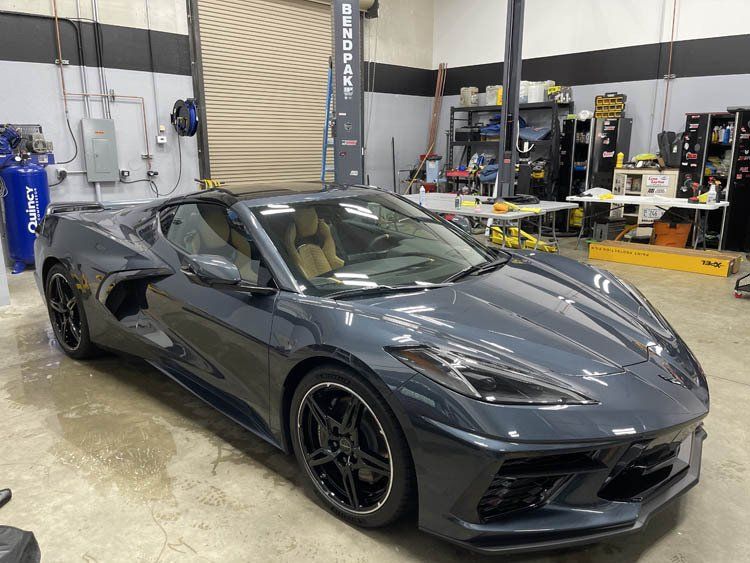Carbon Window Tint vs. Ceramic Tint: What's the Difference
Window tinting not only enhances the appearance of your vehicle but also provides protection against UV rays and helps regulate interior temperature. Understanding the key differences between carbon and ceramic tints can help you make an informed choice that suits your needs and preferences.
While both carbon tint and ceramic tint serve the same purpose of reducing heat and glare, they vary significantly in terms of durability, heat rejection, and price point. It's crucial to weigh the pros and cons of each type before making a decision. In this article, learn about the difference between carbon tint and ceramic tint to help you determine which option is the best fit for your vehicle.
Carbon Tint vs. Ceramic Tint
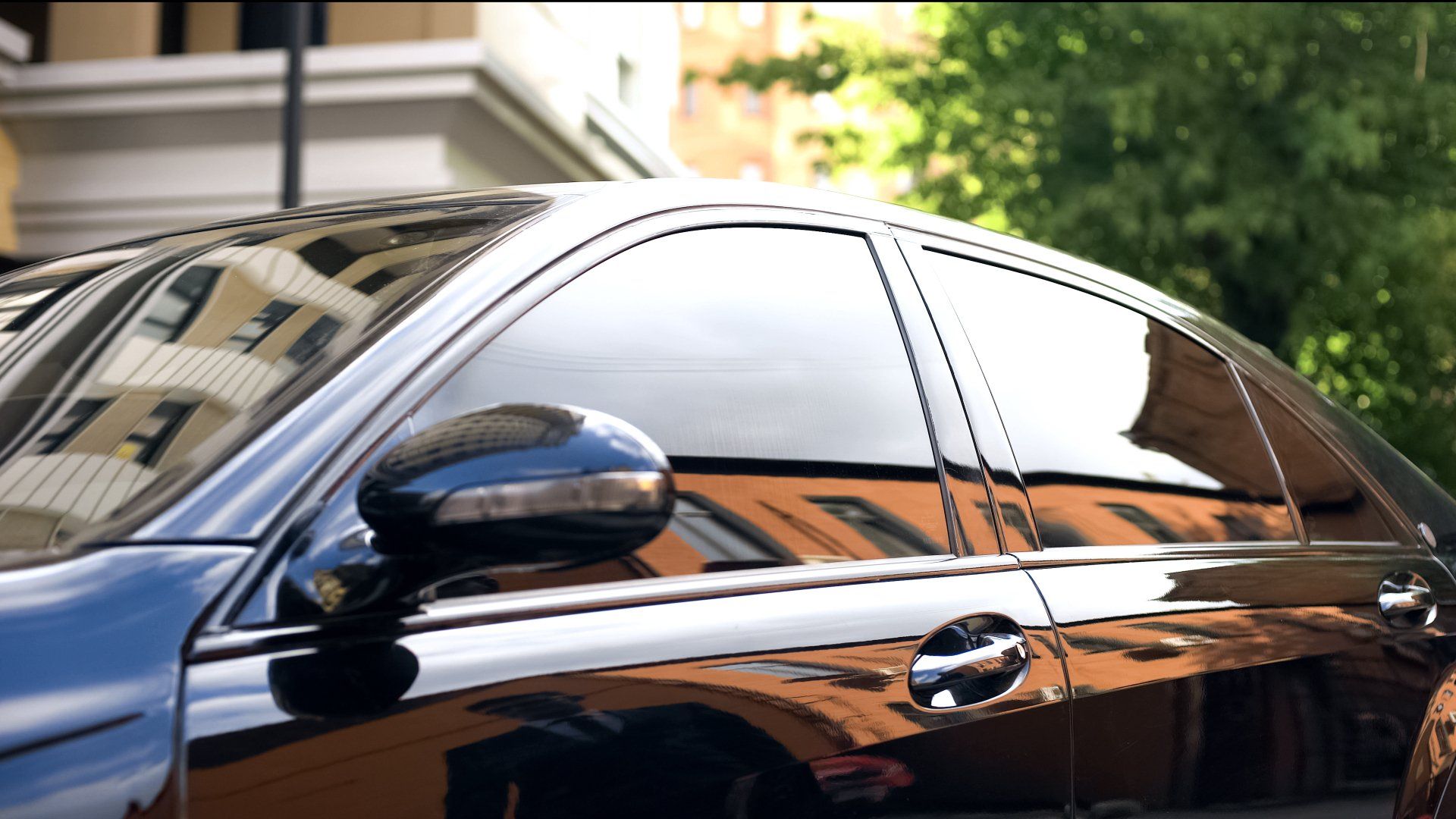
Carbon Window Tint
- Heat Rejection and UV Protection: Carbon window tint is known for its excellent heat rejection capabilities. It blocks a significant amount of infrared light, which is responsible for heat buildup inside your car. This helps to keep the interior cooler, especially during hot summer months. Additionally, carbon tint provides good UV protection, shielding you and your passengers from harmful UV rays that can cause skin damage and fade interior upholstery.
- Appearance: Carbon window tint typically has a deep, dark appearance that enhances the aesthetic appeal of your vehicle. It provides a sleek look without interfering with electronic signals such as GPS or radio reception, which can be a concern with metallic-based tint films.
- Durability: Carbon window tint is durable and less prone to fading over time compared to dyed tint films. It retains its color and performance for many years, making it a cost-effective choice in the long run.
Ceramic Window Tint
- Superior Heat Rejection and UV Protection: Ceramic window tint offers exceptional heat rejection capabilities, surpassing both carbon and traditional dyed films. It blocks a high percentage of infrared heat and UV rays, effectively keeping the interior cooler and protecting occupants from sun damage.
- Clarity and Signal Friendly: Ceramic tint is optically clear and does not interfere with electronic signals such as GPS, cell phone reception, or radio waves. This makes it an ideal choice for vehicles equipped with advanced technology systems that rely on clear signals.
- Fade Resistance: Ceramic tint is highly resistant to fading, even after prolonged exposure to sunlight and harsh weather conditions. Its superior durability ensures that the tint film maintains its performance and appearance over the years.
- Non-Reflective: Unlike some metallic-based tint films, ceramic tint is non-reflective, providing a natural appearance that complements any vehicle without causing glare.
Factors to Consider When Choosing Between Carbon and Ceramic Tint
Climate and Usage
Consider the climate and your driving habits. If you live in a hot climate or frequently drive in sunny conditions, both carbon and ceramic tint can significantly enhance comfort by reducing heat and UV exposure. Ceramic tint may offer slightly better performance in extreme heat conditions.
Aesthetic Preferences
Carbon tint provides a darker appearance that enhances the sleekness of your vehicle. On the other hand, ceramic tint offers a clear, natural look that maintains the original appearance of your windows.
Long-Term Investment
While ceramic tint requires a higher upfront investment, its superior heat rejection, UV protection, and durability may provide greater value over the lifespan of your vehicle.
Which Is the Best Window Tint Material For Your Car?
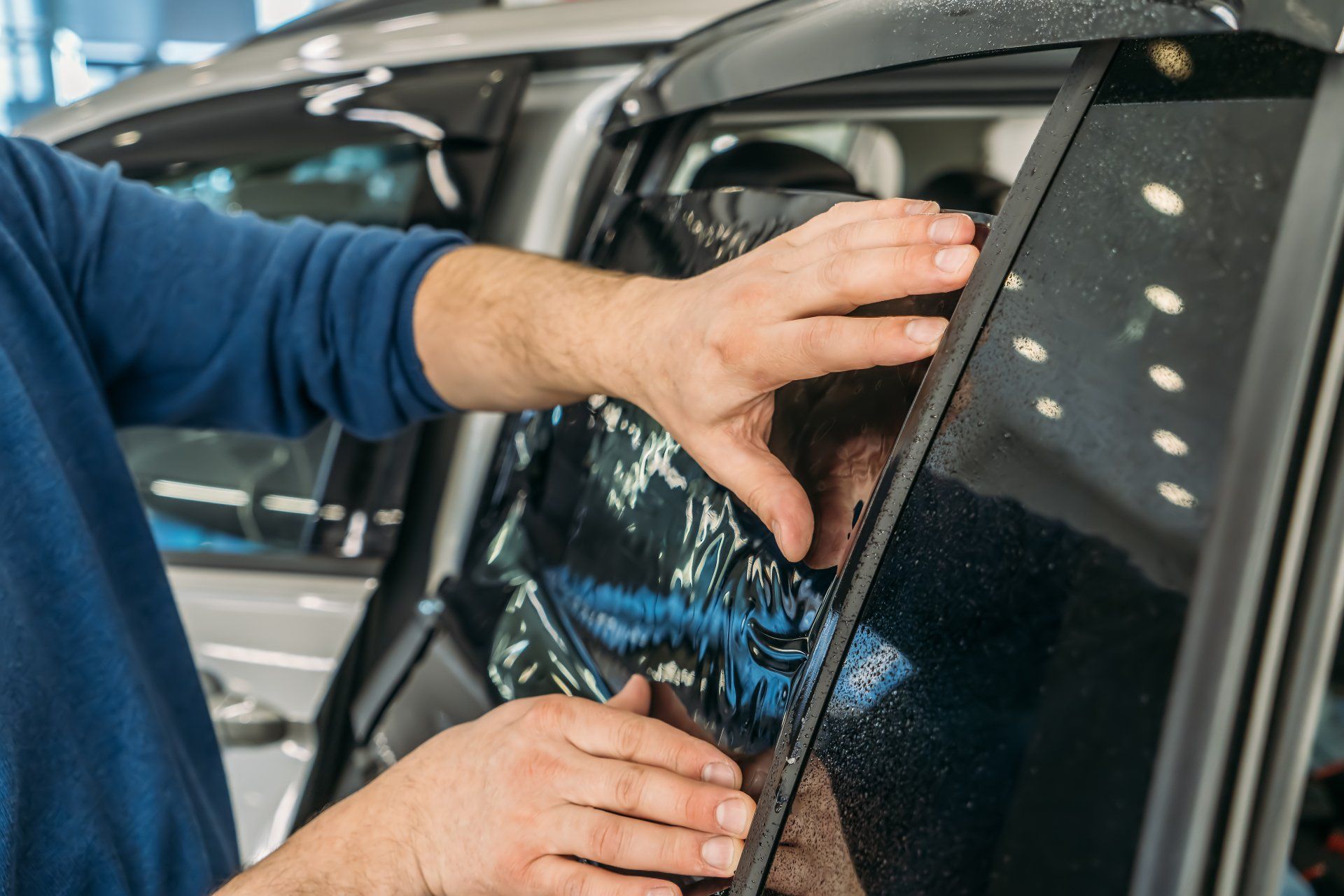
The decision between ceramic and carbon window tints depends on many factors. You need to ask yourself if you want to save money or are more interested in quality and the latest technology. If you want an economical way and want the windows to reject heat, you can choose a carbon window tint to give you the services you need. It will be very effective and provide a black and sleek look to your car, making it look very classy and sophisticated.
Suppose you are interested in a slightly more expensive solution that offers a higher quality result. In that case, you should choose ceramic window tinting, as it provides much better protection from the sun's glare, heat, and UV rays. In addition to offering better protection, it gives your window a lighter appearance and does not reflect outside light, creating a more private environment. The materials used for the two types of tints are different.
Carbon tint gives your car a great appearance, while rejecting a majority of heat and provides no cellular signal interference. The next step above, ceramic tint does everything carbon tint does, but at a higher efficiency with more UV, heat and glare reduction. Therefore, when deciding, you need to ask yourself if you prioritize quality over cost over performance.
However, if you want to choose price over quality and prefer standard black windows, then don't think twice and select carbon or ceramic window tinting, which is highly recommended method for its heat rejection and UV properties.
Conclusion
Choosing between carbon window tint and ceramic tint ultimately depends on your priorities, budget, and specific needs. Both options offer significant advantages in terms of heat rejection, UV protection, and aesthetic enhancement. Whether you prioritize cost-effectiveness with carbon tint or seek premium performance with ceramic tint, investing in quality window tinting enhances your driving experience and protects your vehicle's interior.
At
Elite Performance Detailing, we offer professional installation of both carbon and ceramic window tint to meet your preferences and requirements.
Contact us today at
(224) 388-1128 to schedule a consultation and explore how window tinting can benefit your vehicle.

